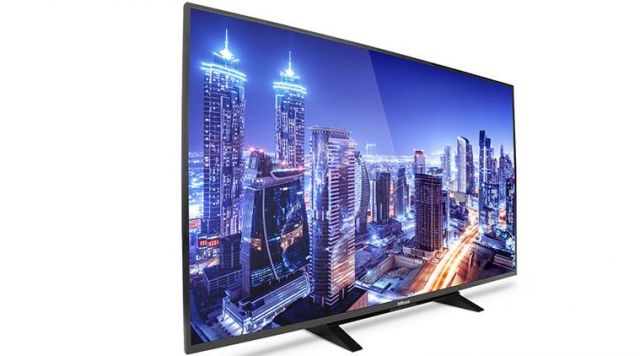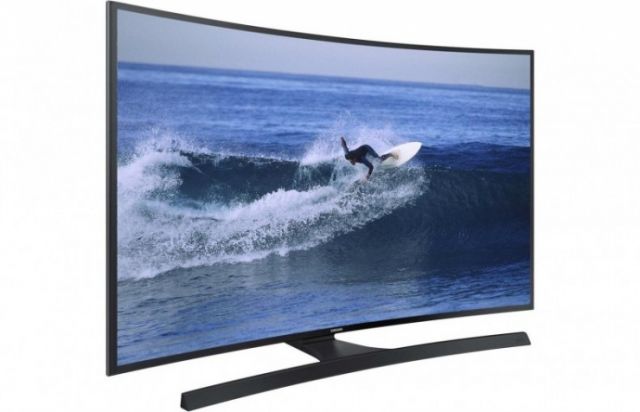

| Online: | |
| Visits: | |
| Stories: |
Difference among LCD, LED, Plasma and 4K T.V, What You Need to Know
A lot of us distinguish television sets simply on the basis of their screen size and thickness. There is a lot more in a television that should be considered while you decide which one to buy. The size and thickness of the screen are certainly important, but what is more important is the screen resolution. This is precisely what defines whether the T.V is HD, Full HD or Ultra HD. An UHD T.V is also called a 4K T.V. The screen resolution of a T.V determines the amount of pixels in the screen, the highest form of screen resolution is the UHD. Apart from being differentiated on the basis of screen resolution, T.Vs are also differentiated on the basis of overall technology, hence forming the categories of LCDs, LEDs, Plasmas and 4K T.V sets. These categories form the main point for LED T.V comparison. The detailed description of all these categories is given below.
1. LCD T.Vs –

This stands for Liquid Crystal Display, and is one of the most commonly used type of television technology used in Urban India. LCD basically refers to a type of backlighting in the television, which controls the color contrast of what you see on the screen. These T.Vs make use of the CCFLs (Cold Cathode Fluorescent Lamps), present at the back of the screen, and are used for managing the amount of lighting. You can find LCD television sets in multiple brands and sizes, these are one of the most affordable and commonly available T.V sets.
2. LED T.Vs –

The second most common form of T.Vs in India are the LED T.Vs. They support the Light Emitting Diode technology, which is another form of backlighting, supported along with LCD, and stands out to be the most prominent point for LED T.V comparison. Apart from the difference between the thickness of screen in an LED and an LCD T.V, backlighting is another crucial distinction. A lot of the times, LED T.Vs are the ones with LCD backlighting but are marketed as pure LEDs. Since the consumer does not go much into the details, they end up being confused and probably buying the wrong T.V. LEDs are usually more expensive, and have a better screen resolution, the variation of screen size in these T.Vs is as much as that in LCD T.Vs.
3. Plasma T.V –

A completely different technology apart from LCD and LED T.V is the Plasma. They make use of LED technology, but keeping in mind these T.Vs are limited by the available screen sizes. The picture tube used in Plasma T.Vs is an expensive one, which makes them unsuitable for small screen sizes. Hence these are usually available in sizes ranging between 42 – 60 inches. Plasma T.Vs offer one of the best image quality but they cost more and also have a greater running cost. A lot of the companies have stopped producing plasma T.Vs because LED T.Vs provides a perfect substitute to these, at a more affordable price.
4. 4K T.V –

As mentioned already, these are also called the ultra HD T.Vs. The screen resolution of a 4K T.V is the maximum, and it offers the most vivid and immersive image quality. These T.Vs are also the most expensive television sets available all across the globe, and not just in India. Running cost of these T.Vs is also very high, simply because you need to stream 4K content on these T.Vs, for the perfect viewing experience. If you watch content that has not been shot on 4K, you will not be able to experience the best of T.V viewing. 4K T.Vs might be offering the best of image quality, but are still not considered as the best option, simply because of their exclusivity. We still do not have enough content that is being shot in 4K, so buying a T.V meant exclusively for that content does not really make sense.
Most of the T.Vs we come across today are LED T.Vs. These T.Vs offer all that a person would need in a T.V. They come in multiple screen sizes, are cost efficient, offer vivid images, the screen resolution is great, and a lot of other exciting features. The key points of an LED T.V comparison remain to be the screen resolution and the screen size.



